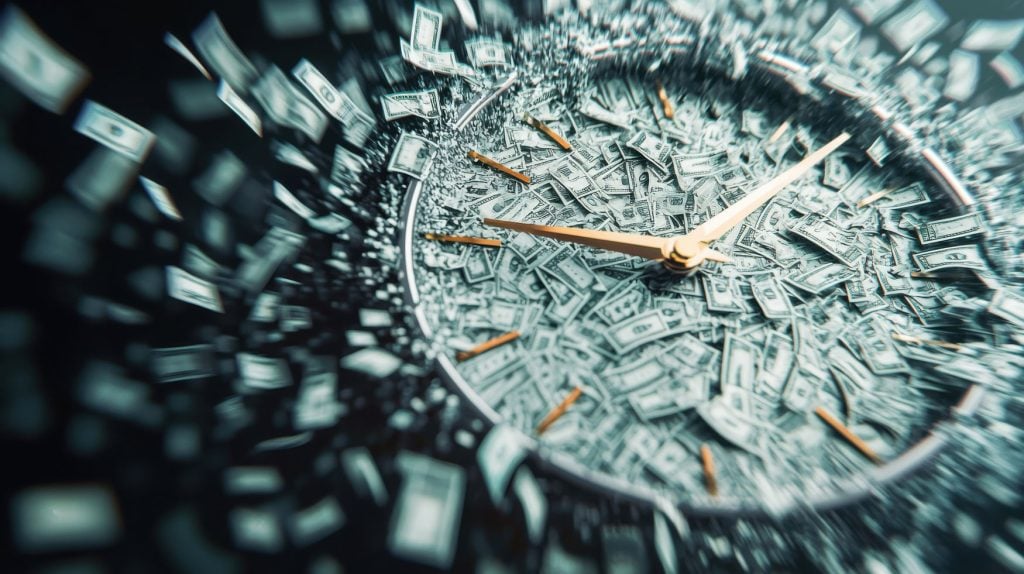Apple sued Samsung in 2011, for the infringement of design patents related to Apple’s iPhone front face, bezel, and graphical user interface. One year later, a jury found Samsung to have violated Apple’s design patents, and held Samsung liable for the profits generated from the infringed patents. Samsung argued that the reward for infringing a design patent should not involve the “total profits” because a smartphone is filled with thousands of patented components, and those components should not amount to the total profit of the smartphone. According to Samsung, the damages should be calculated proportionate to the importance of the infringing features to the overall product. In effect, Samsung would have had to pay Apple a percentage of each sale rather than the full amount received for the sale.
Conversely, Apple argued that the design is central to many products and that a patent violator should be forced to turn over the full profits it made from infringing designs. Moreover, Apple claimed that the need to pay total profits would help enhance legal protection for new products and design.
The Supreme Court disagreed with Apple, and held Samsung only needed to pay damages on the infringing components of those smartphones, rather than the smartphones themselves. In doing so, the Court held that the relevant “article of manufacture” for arriving at a damages award for design patent infringement does not need to be the end product sold to the consumer, but may be only a component of that product.
While the Supreme Court’s ruling did not decisively resolve the case, it found that liability in design patent cases is not an all-or- nothing proposition. Although the justices declined to provide more specific guidance, the damages are likely to be far less than the hundreds of millions Samsung might have otherwise paid. The decision will not impact consumers, but it will affect how design patent disputes are handled in the future.
Design patents, as the name suggests, protect the unique look of a product. Utility patents protect the functional parts of a product. Compared to utility patents, design patents are half the cost with no maintenance fees. Design patents are considerably cheaper, typically issue faster and have fewer prior art rejections during examination than utility patents.
Once the Court of Appeals develops a test for identifying the relevant article of manufacture as the first step of the damages inquiry, it will be easier to assess the damages and value of design patents moving forward. The result could bring significant challenges in the calculation of damages for design patents and the need for additional factual and expert input, similar to the damage calculation for a utility patent.
The Court’s decision to accept the case demonstrates how far design patents have come in the last two decades. Design patents are often overlooked as a tool to protect Intellectual Property with the ability to protect a significant range of product configurations and/or computer-generated imagery. Although patent holders may no longer receive all of the profits from the sale of a product infringing a design patent, they may still recover the profits attributable to the infringing feature.



